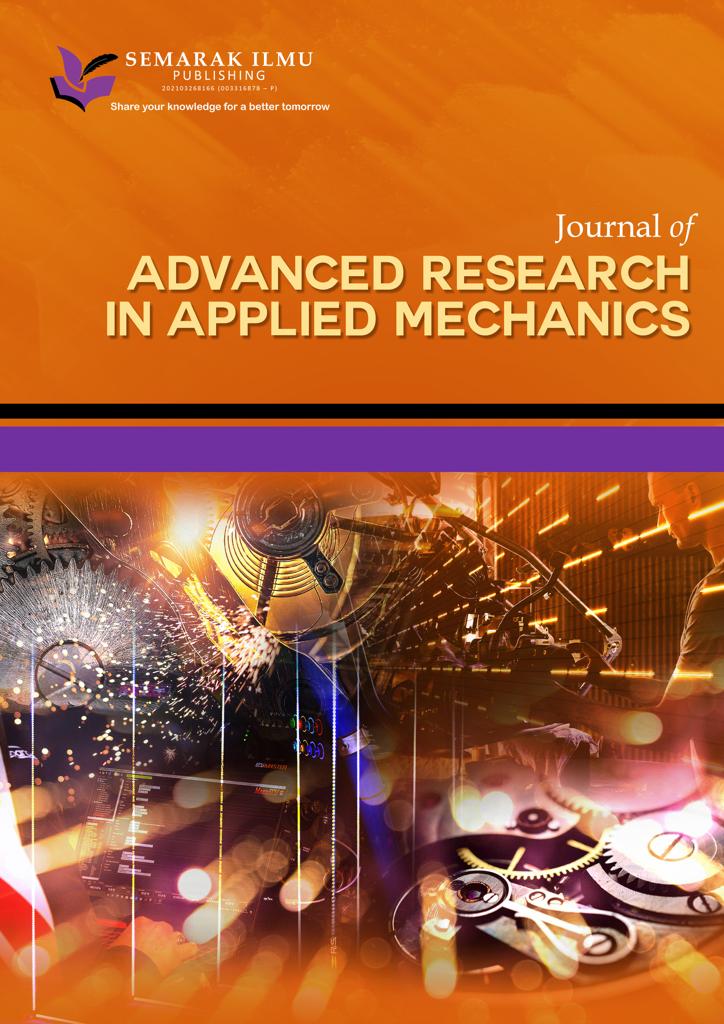Developing an Artificial Intelligence Based Model for Autism Spectrum Disorder Detection in Children
DOI:
https://doi.org/10.37934/araset.32.1.5772Keywords:
Machine Learning, autism spectrum disorder, feature selection, connectivity, diffusionAbstract
Sensory difficulties, such as an over or under responsiveness to noises, smells, or touch, are frequently present in individuals with Autism Spectrum Disease (ASD), a neurodevelopmental disorder. The condition's primary cause is hereditary, however early diagnosis and therapy can assist. Traditional clinical procedures may be expensive and time consuming, but in current history, deep learning based sophisticated diagnosis has emerged to supplement them. The goal of this study is to streamline the diagnostic procedure by identifying the most important characteristics and automating them using existing classification methods. We have looked at datasets including toddlers, kids, teens, and adults with autism spectrum disorder. To find the highest performing classification and feature set for these four ASD datasets, we compared state-of-the-art categorization and feature selection methods. Across datasets of toddlers, kids, teens, and adults, our experiments reveal that the multilayer perceptron (MLP) classifier achieves 100% accuracy with the fewest possible features. We also determine that the proposed feature selection approach ranks the most important characteristics the highest across all four ASD datasets.Downloads
Download data is not yet available.

Downloads
Published
2023-08-30
How to Cite
Chitta Hrudaya Neeharika, & Yeklur Mohammed Riyazuddin. (2023). Developing an Artificial Intelligence Based Model for Autism Spectrum Disorder Detection in Children. Journal of Advanced Research in Applied Sciences and Engineering Technology, 32(1), 57–72. https://doi.org/10.37934/araset.32.1.5772
Issue
Section
Articles






















